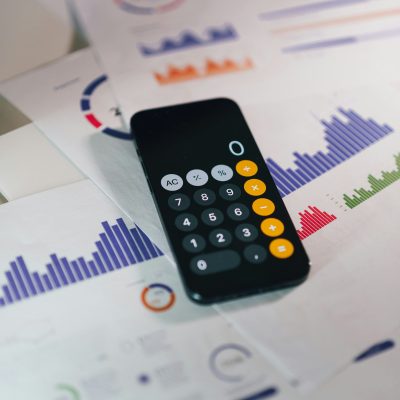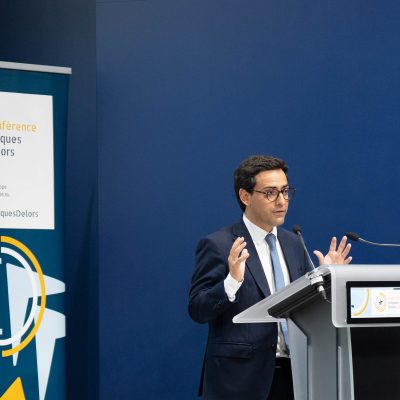Investment in Europe: Making the best of the Juncker Plan

This Report, written by Eulalia Rubio, David Rinaldi and Thomas Pellerin-Carlin, respectively senior research fellow ans research fellows at the Jacques Delors Institute and foreworded by Enrico Letta, vice-president of the Jacques Delors Institute, analyses the strengths and weaknesses of the Juncker Plan. Based on the Plan’s preliminary results, experts’ opinions, experiences with similar instruments and two case studies, this report identifies various short-term implementation risks that can threaten the success of the Plan within its initial three-year period and formulates policy recommendations to address such risks.
The main conclusion is that the Plan will not be sufficient to close the current EU investment gap – and therefore should be complemented by other actions to boost investment. The success of the Juncker Plan might be also threatened in the absence of certain conditions.
The Report also analyses possible long-term scenarios; in particular, the possibility that EFSI leads to the establishment of a system of public investment banks in Europe and the possibility that it becomes the seed of a future euro area macro-economic stabilization capacity.
Finally, the Report provides a more on-the-ground analysis of the possible contributions of the Juncker Plan in two major areas: digital infrastructure and energy efficiency. The two case studies stress the need to deliver on the third pillar of the Plan by improving EU and national regulatory frameworks in order to remove non-financial barriers to investment. In both areas there is a concrete risk of geographical concentration but evidence also point out that EFSI can serve to help structure and finance small-sized and high-risk investment projects.







